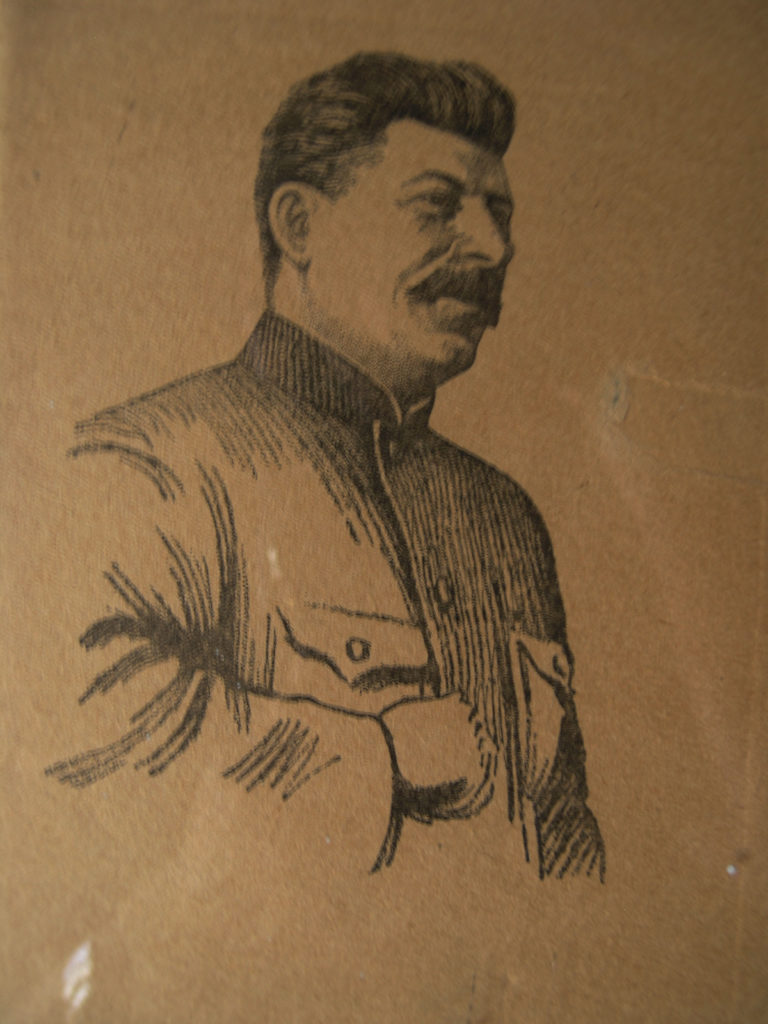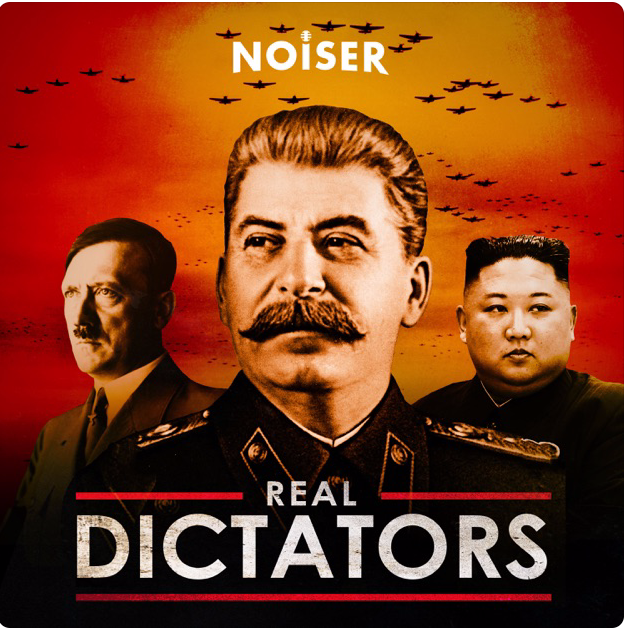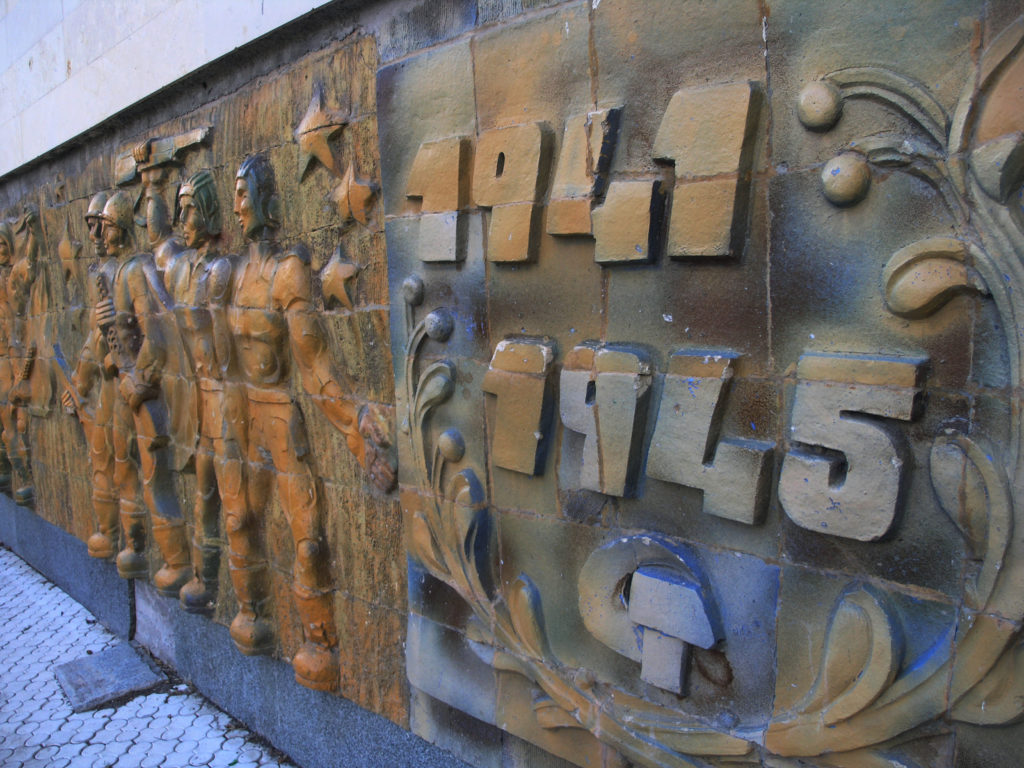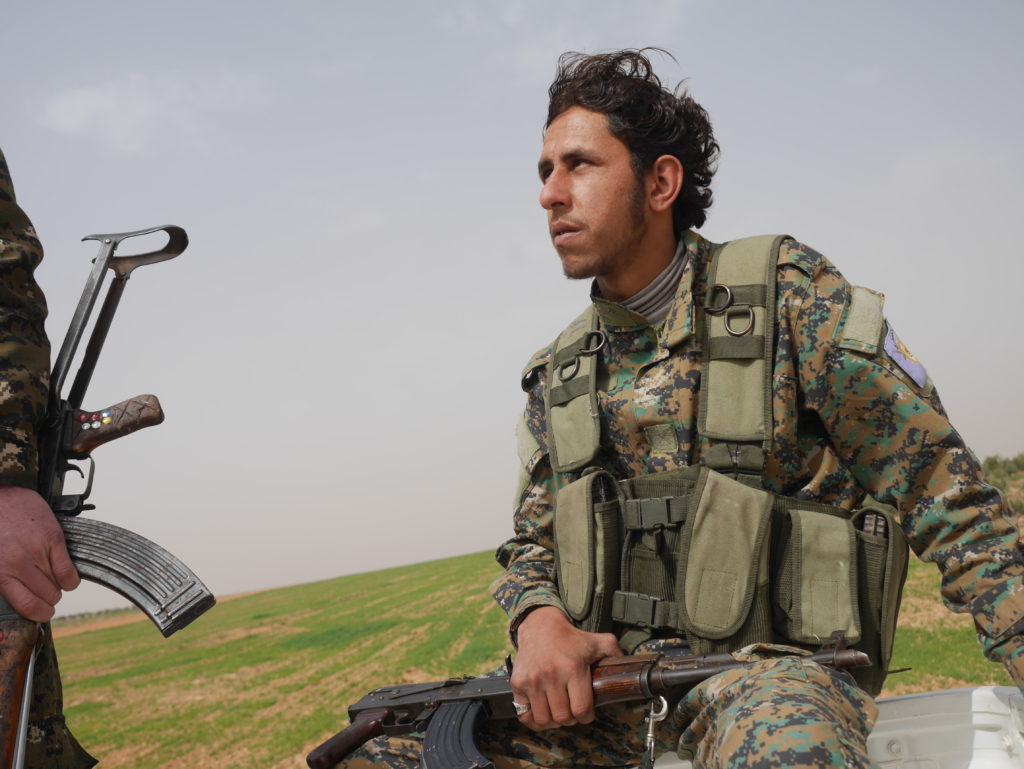
©2009 Derek Henry Flood
New York- I’m pleased to be featured in another Noiser podcast on the life of, and mass violence orchestrated by, Joseph Stalin. The horrors ordered and overseen by the Soviet leader only really ended with his death in early 1953. Yet many of the ideas and deadly products of Stalinism still affect us in the present. The so-called ‘man of steel’ who came from virtually nothing in central Georgia to lead an empire in a deeply divided, nuclear armed world is still with us in some macabre ways.
Stalin’s Soviet Union was an iron fisted one-party superstate made up of 15 republics and a bevy of communist allies along the union’s formal western periphery. Stalin tolerated nothing that he viewed as potentially abrogating Stalinism as would many of his epigones in his sphere of influence beyond Soviet borders. To dissent was to disappear. The gulag beckoned.

And I want to emphasise that Stalin was at the helm of an empire, a land-based one very much in the Eurasian sense that is less well understood in the Western mindset that tends to view the concept of empire as as a maritime enterprise.. In today’s internet-fueled echo chamber where colonialism is under renewed scrutiny, it is almost exclusively related to trans-Atlantic sea faring empires that reached Africa, Asia, and the Americas. Stalin’s Soviet Union, like Mao’s China, is often overlooked by those critical of European imperial histories. Yet the Soviet empire stretched from the Baltic and Black seas to the Pacific, enveloping and often crushing countless societies in the process following in the footsteps of the tsars. As a friend from Georgia once said to me, “Russia is an empire of bones.” Non-Western tertiary empires are not critiqued in the same breath today as Western trans-oceanic ones by young anti-imperialist Westerners. Stalin is not beholden to the same fashionable criticism as say, the abhorrent King Leopold for example, here in the West in this mode of thinking. I suppose this is the result of Cold War legacy thought where to be critical of Russia is default conflated with hawkishness and political conservatism. So to be liberal and doveish defaults leaving Soviet atrocities out of the current conversation that puts the empires of the past under today’s microscope. But speak to those in the Caucasus or Central Asia who are still suffering under the Stalinist cartography that emphasised and entrenched ethnic chauvinism that pits communities against one another and you will be forced to examine the living history of this wretched man from Gori.

©2009 Derek Henry Flood
When Stalin suffered a stroke and then died in 1953, the Korean war was still raging and the world was bitterly divided in the Cold War. The international system still has not recovered from Stalin’s reign of terror as the now globally ubiquitous Kalashnikov is present in every conflict I work in in the developing world, the nuclear arms race still continues to the grave detriment of all humanity, and there continues to be no broad truth and reconciliation process in post-Soviet societies. When I see young people on the frontlines across Syria toting timeworn small arms, I see Stalin’s destructive legacy that haunts all of us.

©2018 Derek Henry Flood